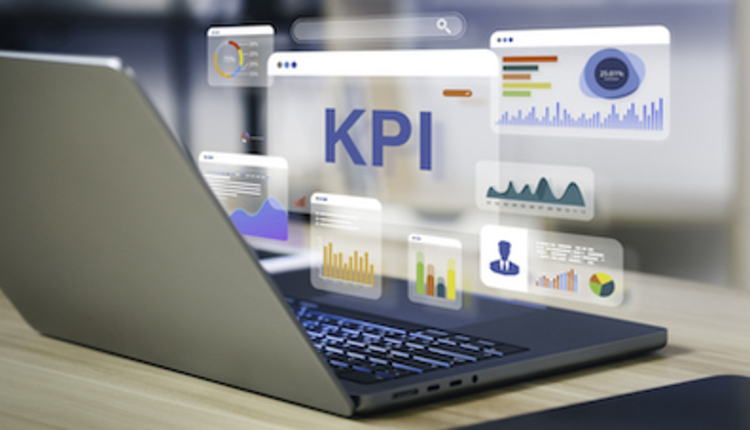I'm sure you've heard it a million times: "Don’t give away your services. It devalues you as a professional. Doctors don't give away their time."
As a professional, you should charge your normal fee for everything that you do.
Well, that's not exactly true. Some of the most successful and highest-paid plastic surgeons in Beverly Hills give away consultations.
Chiropractors give away a consult as well. Many professionals, from attorneys to accountants, give away initial meetings or consultations.
Why do these professionals "give away" their time even though they are all in far more established professions that most people have more experience with than personal training? Because they know that being able to build value in a face-to-face setting and becoming an assistant buyer instead of a marketer is far more powerful than any direct mail piece, newspaper ad or other fitness marketing tactic can ever be.
They know that if you want to sell expensive offerings, you need to alleviate the risk for the prospect, and there is no better way to alleviate the risk than letting them get a taste of what they are purchasing. They also know that we all "buy" our clients, one way or another -- if not through our time, then through an ad or a mailer or whatever other marketing method we use to generate the prospect and turn them into a paying client.
In fact, if you're like most fitness professional that I know, there is no more comfortable environment than actually working with someone in person to help them achieve their goals, so why not build your sales and marketing system around just that?
So how can you use this strategy to build your business and transition from feeling like a salesperson to becoming a problem solver?
Create a standard marketing offer of two or three sessions or one or two weeks of your boot camp or group personal training program for free and use that as your primary lead generation tool. Use this offer whenever you're networking, public speaking or asking for referrals.
If you do anything else, like direct mail, door hangers, lead boxes or Facebook ads, use this type of offer to get as many warm prospects to "raise their hands" as possible.
The beauty of this approach is that once they take you up on the free offer, the prospective clients and campers are on your turf. You know that they value what you offer because they are trusting you with their time, so your job is to simply determine which is the best solution for them from your array of offerings. Here's an example of a simple process to make this easy for you to implement:
Step 1 When your prospect comes in to initiate their free trial, have them complete your Par-Q or other type of questionnaire. Then take the time to set the expectations by telling them that you're going to follow up on the Par-Q with some questions to determine how you can best help them achieve their goals. Let them know you’ll be taking them through an assessment to determine how to best customize your programming to suit them and their goals. Finally, let them know that while this is a free trial, you expect them to give you their best effort, arrive on time and prepared to exercise and provide you with a testimonial regarding the success they achieve.
By setting the "ground rules," you've helped them be comfortable, because no one wants to go into a setting unaware of what to expect. You've set the stage for them to not only comply with your program and recommendations, but also provide you with a testimonial that you’ll be able to use in future marketing efforts.
Step 2 Take them through the assessment and allow them to utilize your free trial. Treat them just as you would a client, and they’ll be more likely to become one. By building enormous value in your program, you’re now making the buying decision almost a foregone conclusion.
Step 3 Present your solutions. After going through the Par-Q, assessment and a free session or two with your prospect, you should be well equipped to not only give them a couple of potential program options that will help them, but you should also have their trust as someone who can assist in the decision making process.
Use a very simple but structured sales process like this: "Mrs. Jones, clearly you see the benefits of working with us to achieve your fitness goals. Let me to show you the programs which I think would be the best fit to help you reach those goals. The first program is our three-session per week program. This program is an investment of only X per month. The second program option is to attend our group training sessions two times per week, which is only an investment of Y per month.
"Based on your goals and what we've learned in the time that you've been here, I think either of these options would be a great fit for you, so which program will we be getting you started with today?" By offering options, you have eliminated the choice between a "yes" or "no," and are just letting them choose between different programs instead. Any program that they choose is a sale. By directly asking them to select a program you have effectively reduced the odds of being faced with an objection and have increased your odds of them becoming a client.
As I mentioned before, this is by far the easiest way to sell more personal training, whether it's boot camps, semi-private or one-on-one sessions. You eliminate the risk for the prospective client and help them understand the value of what you offer by doing what you do best: training them. Then, you simply let them choose between a couple of your program options and watch your business grow.
Pat Rigsby is a co-owner of the International Youth Conditioning Association and the youth fitness franchise Athletic Revolution as well as a fitness industry consultant serving thousands of personal trainers and fitness entrepreneurs. Check out his blog at www.fitbusinessinsider.com.













